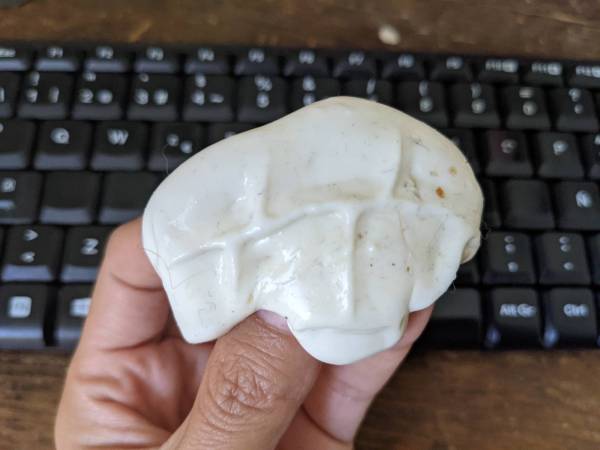

In the 1980s, a talking teddy bear called Teddy Ruxpin took the world by storm. Now, Oakland engineer Andrew Langley is bringing Teddy back. He hacked the bear’s circuitry and installed C.H.I.P., the $9 computer that his company, Next Thing, had just crowd-funded. The 1-GHz computer can run text-to-voice algorithms that let the bear read anything.
Stats
- Time: 3 hours
- Cost: About $85
- Difficulty: Medium
Tools + Materials
- Teddy Ruxpin (make sure the jaw and eye motors still work)
- Screwdriver
- Wirecutters
- Soldering iron
- C.H.I.P. computer
- SparkFun Motor Driver, Dual TB6612FNG
- 3.5 mm audio cable
- 3.7-volt single-cell Li-po battery
Instructions





This article was originally published in the May/June 2016 issue of Popular Science, under the title “Hack a Teddy Bear to Say Anything.”















